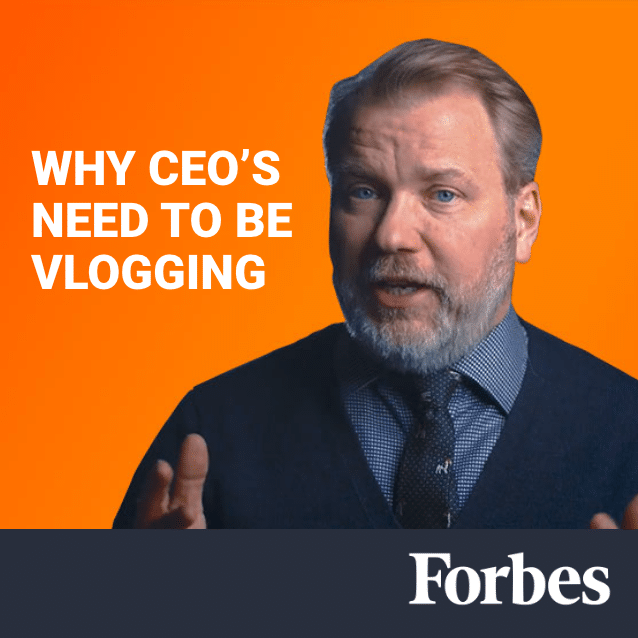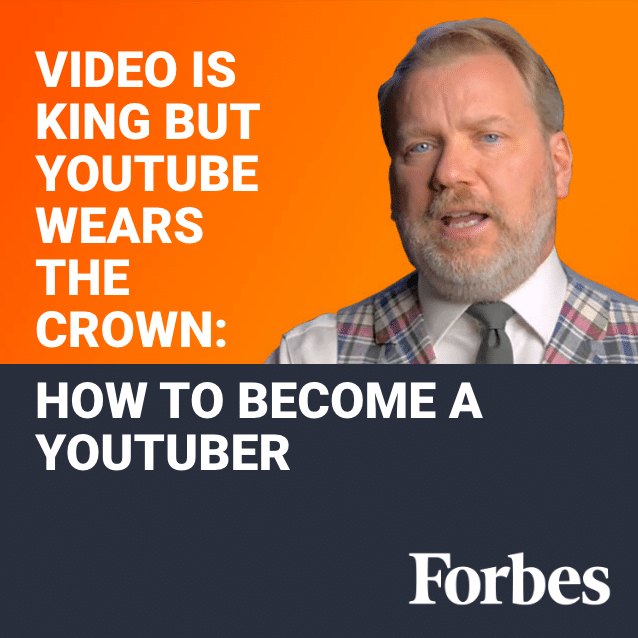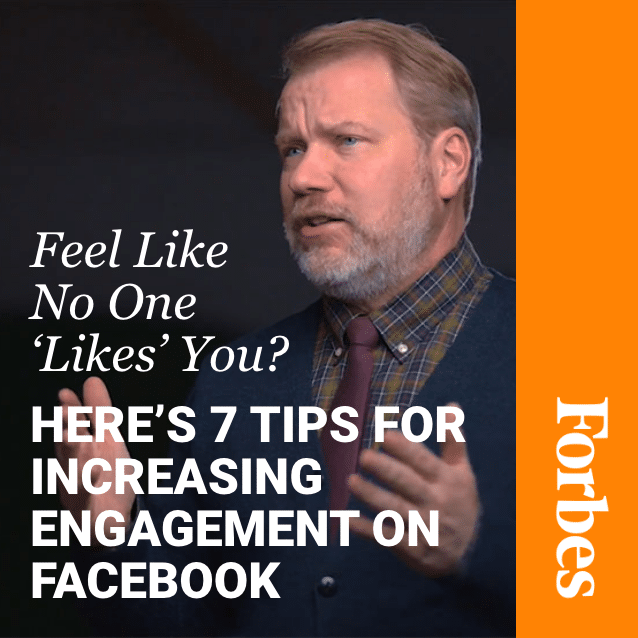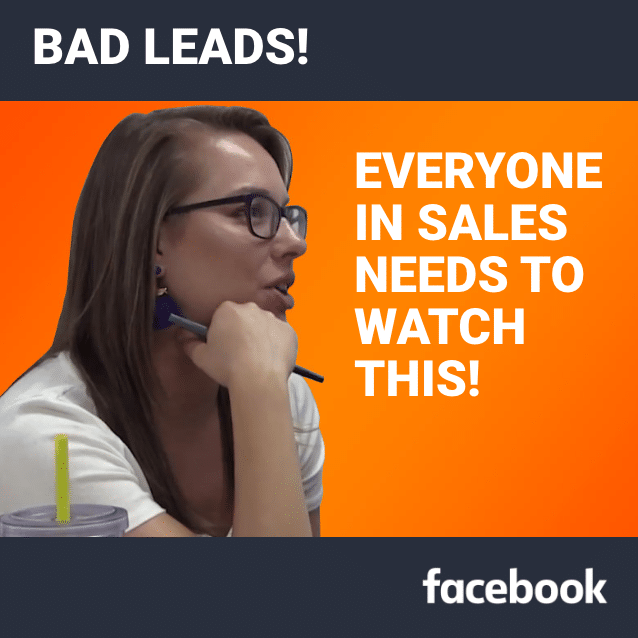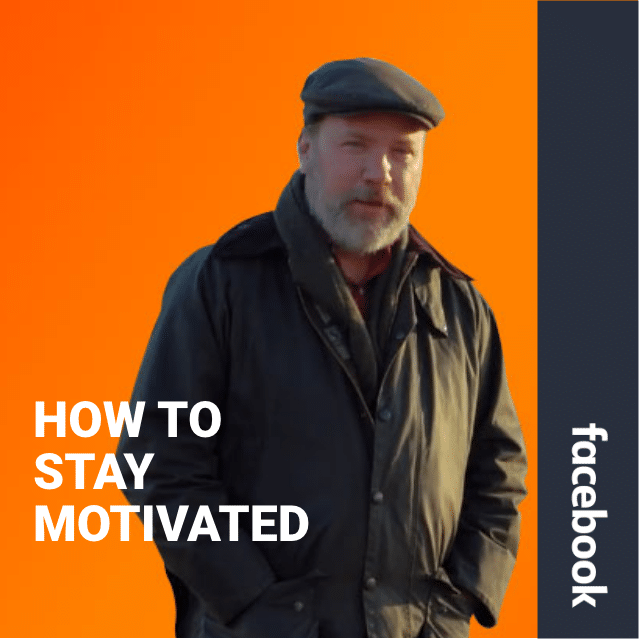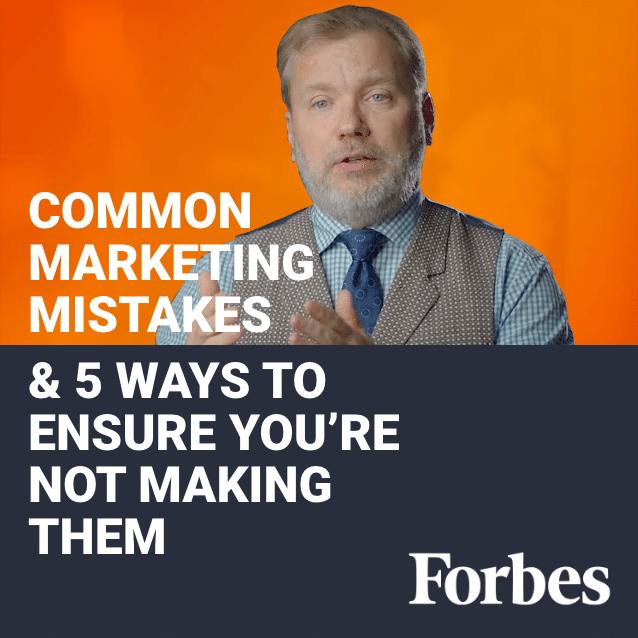Read the entire article on Forbes
We want to help you reach your business goals. Subscribe to get actionable Marketing and Leadership tactics and strategies in your inbox.
Are you one of the many as of recently who thinks email marketing is on the outs? The popularity of that opinion is no surprise as there’s certainly no shortage of ways for us to communicate with our audience these days. While social options like Facebook messaging and Instagram direct messaging may be the new email, they don’t provide nearly as much opportunity.
Why email marketing is relevant in 2018
Email marketing, when done correctly, allows you to do a lot more than send your content to the inboxes of your subscribers. Growing your email database; which requires a solid email marketing strategy; can actually help you focus your marketing efforts across all the advertising channels, but we’ll get to that.
The more your database grows, the more your authority grows because the number of people interested in what you have to say is growing. You could argue that a follow or a like on social media offers the same understanding, but I would have to disagree with you.
That’s because when a potential customer opts-in for your email subscription, they’re doing more than showing an interest in your pretty pictures or cool videos; they want to hear what it is you have to offer. The opt-in offers you the opportunity to speak exclusively to those who want to see your content and ads, which mean you avoid a few things your other advertising points can’t.
When you target users based off the data you have on them versus their permission, you alienate them. Depending on the aggressiveness of your advertising, you risk turning off a potential customer indefinitely.
Growing your authority level through growing your database is one of the strongest reasons you should consider email still extremely relevant.
Their opt-in also provides you with something else… their contact information. When you take care to grow your email database, you’re really providing yourself with an asset that can serve you far beyond inboxes. That asset is the list that’s constantly growing of engaged, interested members of your target audience that are primed for your content because they’ve already opted-in to whatever opportunity you presented them with.
How to get the opt-in
Think about yourself as a consumer; do you subscribe to emails from different stores or brands so you can be notified about sales or, if you’re lucky, get a coupon on your birthday?
We all do it because as consumers, we love a deal. But as an advertiser, you’re probably wondering how is that valuable to me and is it aggressive enough of a strategy.
The answer to both of those questions, however, would be YES.
We’ve already determined what other ends your email database can serve, and that the bulk of the value in their interaction with you comes from you receiving their contact information. So making an offer that provides some value to your potential contact can be worthwhile; and to be fair, no one wants to opt-in to a sales pitch so that shouldn’t be your first priority anyway.
You need to think of your email database as your long term strategy; it requires nurturing but can be one of the most profitable factors in your marketing plan.
In order to avoid having to consistently offer free stuff to get your audience engaging with you, which obviously wouldn’t be the strongest strategy on the block— you need to find out what it is they need from you, and then show them you can provide it.
How do we do this? With engaging content!
Engaging content; whether it comes in the form of downloadable white papers, infographics or videos; is how you keep your current audience interacting with you, as well as how you attract new audience members.
The best way to figure out what topics to make content on is to consider what problems your ideal audience faces, but be sure to think about this in terms of your services. The content you create should always be able to relate back to something you offer; so down the road when the real sales pitch comes, your audience has context and an understanding of you as being knowledgeable in those areas— because they’ve gotten content from you regarding it.
If your audience is anywhere near the average, your database degrades at a rate of 22.5% a year, which means if you’re not regularly creating content that re-engages your audience while also attracting new members, you’ll be missing out on the opportunity to leverage all of those individuals that want to see you.
Having a strong content strategy is what can grow and maintain your database for you.
When closing each email, you should encourage users to share your content with others. Consumers trust the recommendations of their peers over all else in today’s market landscape; 83% base purchase decisions off of the recommendations of friends and family.
How to utilize your email database
Your email database, as mentioned early, works in more directions than just to inboxes. Each person who opt-ins for your content provides you with their contact information. You set the parameters for what’s required for opt-ins, but don’t over complicate it— you can learn alot about a person with just their first name and email.
Put a clear form on your site and from here you’ll be able to compile a list of the individuals who have opted-in with their email addresses and any other information you asked for them to provide. Load this information into an Excel sheet and now the real magic occurs…
You can now do more than just send emails to this list, but target them directly with any other advertising you’re running on your marketing channels. All the major ad platforms; including Google, Facebook, LinkedIn and more; allow you to upload custom audience lists within their targeting options. This means you can upload your lists and continue the conversation outside of their inbox.
Meeting your audience on their level, helps increase their awareness of you, as well as your brand recognizability in their mind. Utilizing this tactic allows you to know the chances of your audience missing you are highly unlikely because they’re seeing and hearing from your in multiple spaces.
3 Content Curation Best Practices
The quickest way to end up with a mob of unsubscribes from your emails is to lack consistency in your content; both in the content itself as well as when you’re sending it.
1- Devise a content calendar for your database; this will allow you to organize the content you have available and determine when your audience should receive it. I do this with my vlog, Think Tank Tuesday— my audience knows when they can expect to see me, weekly on Tuesdays, if you couldn’t guess. Devote certain times to certain topics, so your audience has the chance to connect with you on something before you switch gears and go on to the next topic.
2- Avoid over saturating inboxes with your content. Don’t send multiple emails in a day or hit any particular list too hard; watch your unsubscribe rate to get an idea of what pace works. Consumers who subscribe to a business like to hear from them at least once a month, so don’t go quiet on your database.
Grow your database, grow your influence.Paul Potratz
3- Utilize strong subject lines in order to entice opens, but avoid sales language; it could get you sent straight to the spam folder.
Your email database doubles as a metric for your own growth and success; its the physical representation of your influence either waxing or waning, so take the time to develop a thoughtful content strategy and start building your base!
